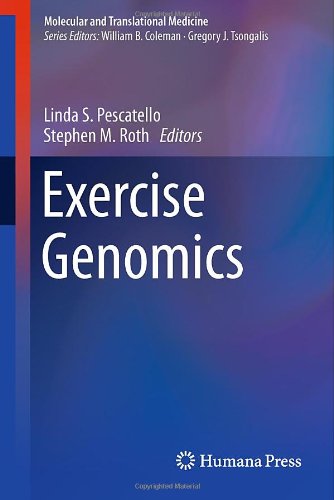

Most ebook files are in PDF format, so you can easily read them using various software such as Foxit Reader or directly on the Google Chrome browser.
Some ebook files are released by publishers in other formats such as .awz, .mobi, .epub, .fb2, etc. You may need to install specific software to read these formats on mobile/PC, such as Calibre.
Please read the tutorial at this link: https://ebookbell.com/faq
We offer FREE conversion to the popular formats you request; however, this may take some time. Therefore, right after payment, please email us, and we will try to provide the service as quickly as possible.
For some exceptional file formats or broken links (if any), please refrain from opening any disputes. Instead, email us first, and we will try to assist within a maximum of 6 hours.
EbookBell Team

0.0
0 reviewsThrough great experimental difficulty, we’ve witnessed rapid, crucial developments at the intersection of computational biology, experimental technology, and statistics through which the vital process of transcriptional regulation can be further examined. In Computational Biology of Transcription Factor Binding, experts in the field examine the basic principles and provide detailed guidance for the computational analyses and biological interpretations of transcription factor binding, while disclosing critical practical information and caveats that are missing from many research publications. The volume serves not only computational biologists but experimentalists as well, who may want to better understand how to design and execute experiments and to communicate more effectively with computational biologists, computer scientists, and statisticians. Written for the highly successful Methods in Molecular Biology™ series, this work provides the kind of detailed description and implementation advice that is crucial for getting optimal results in the lab. Authoritative and easy to use, Computational Biology of Transcription Factor Binding guides scientists working in this area and demands not only new experiments but also the re-annotation of existing experimental data and computational predictions leading to important ongoing, major paradigm changes for us all.